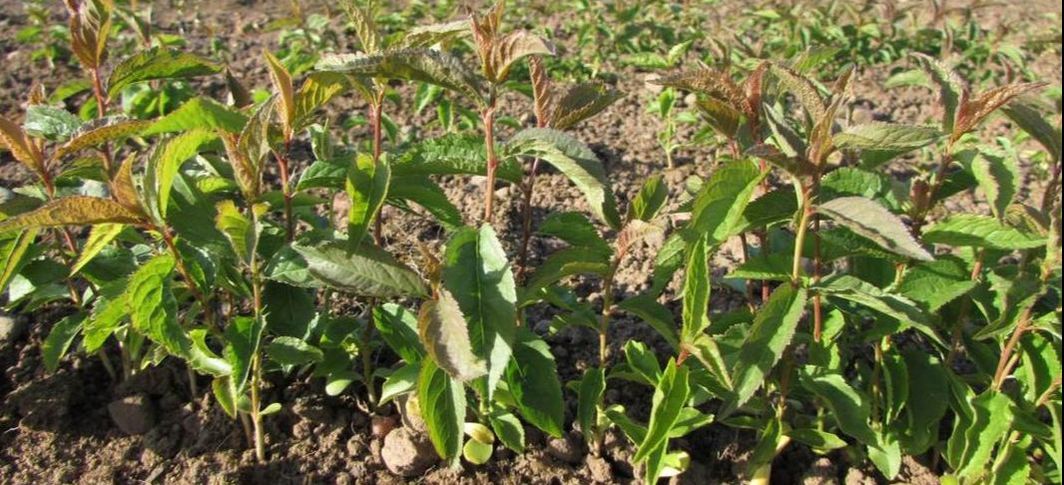6 Week Cold Stratification/Prechill
Recommended for the following species:
|
Tree of Heaven (ailanthus altissima)
Chinese Sweetgum (liquidambar formosa) Sweetgum (liquidambar styraciflua) Japanese Zelkova (zelkova serrata) European Silver Fir (abies alba) Pacific Silver Fir (abies amabilis) Balsam Fir (abies balsamea) Cooks Blue Balsam Fir (abies balsamea 'Cooks Blue') Turkish Fir (abies bornmuelleriana) Greek Fir (abies cephalonica) White Fir (abies concolor) |
White Fir (abies concolor glauca)
Faber's Fir (abies fabri) Frasers Fir (abies fraseri) Grand Fir (abies grandis) Korean Fir (abies koreana) Red Fir (abies magnifica) Nordmann Fir (abies nordmanniana) Spanish Fir (abies pinsapo) Noble Fir (abies procera) Maritime Pine (pinus pinaster) |
All of these seeds are relatively easy to germinate and grow. The dormancy within the seed is short and easily broken and reasonable success can be expected even when seeds are sown without any form of pre-treatment. The benefit of a short period of pre-treatment is that a greater percentage of seeds will germinate and the germination of the seedlings will be synchronized with most seedlings germinating within a few days of each other.
Soak the seeds in water for 24 hours. Fully drain away all of the water and place the seeds in a zip-lock freezer bag. Place the seeds in the fridge, it is important that during this period that the seeds do not dry out or are waterlogged otherwise the pre-treatment will be ineffective.
It is important to keep checking the seeds every week or so to make sure that they are not drying out. You could also at the start of treatment incorporate a little damp vermiculite or perlite, this helps to keep the seeds moist but not waterlogged.
After around 6 weeks under these conditions the seeds are ready to be sown.
Seeds should be sown into containers filled with a good quality general potting compost. Suitable containers could be plant pots, seed trays or plug trays or even improvised containers with drainage holes. Firm the compost gently and sow the seeds on the surface. If you are sowing in plug trays, sow 2 or 3 seeds per cell.
Cover the seeds with a couple of millimeters of vermiculite or failing that a fine layer of sieved compost. Follow with a gentle watering and keep them at room temperature. Germination should begin within a 10-14 days of sowing.
Developing seedlings should be fine in full sun, keep them well watered and free of competing weeds.
Growth will accelerate in the second and subsequent years and the developing young trees should be re-potted as necessary preferably during the dormant season.
Soak the seeds in water for 24 hours. Fully drain away all of the water and place the seeds in a zip-lock freezer bag. Place the seeds in the fridge, it is important that during this period that the seeds do not dry out or are waterlogged otherwise the pre-treatment will be ineffective.
It is important to keep checking the seeds every week or so to make sure that they are not drying out. You could also at the start of treatment incorporate a little damp vermiculite or perlite, this helps to keep the seeds moist but not waterlogged.
After around 6 weeks under these conditions the seeds are ready to be sown.
Seeds should be sown into containers filled with a good quality general potting compost. Suitable containers could be plant pots, seed trays or plug trays or even improvised containers with drainage holes. Firm the compost gently and sow the seeds on the surface. If you are sowing in plug trays, sow 2 or 3 seeds per cell.
Cover the seeds with a couple of millimeters of vermiculite or failing that a fine layer of sieved compost. Follow with a gentle watering and keep them at room temperature. Germination should begin within a 10-14 days of sowing.
Developing seedlings should be fine in full sun, keep them well watered and free of competing weeds.
Growth will accelerate in the second and subsequent years and the developing young trees should be re-potted as necessary preferably during the dormant season.


